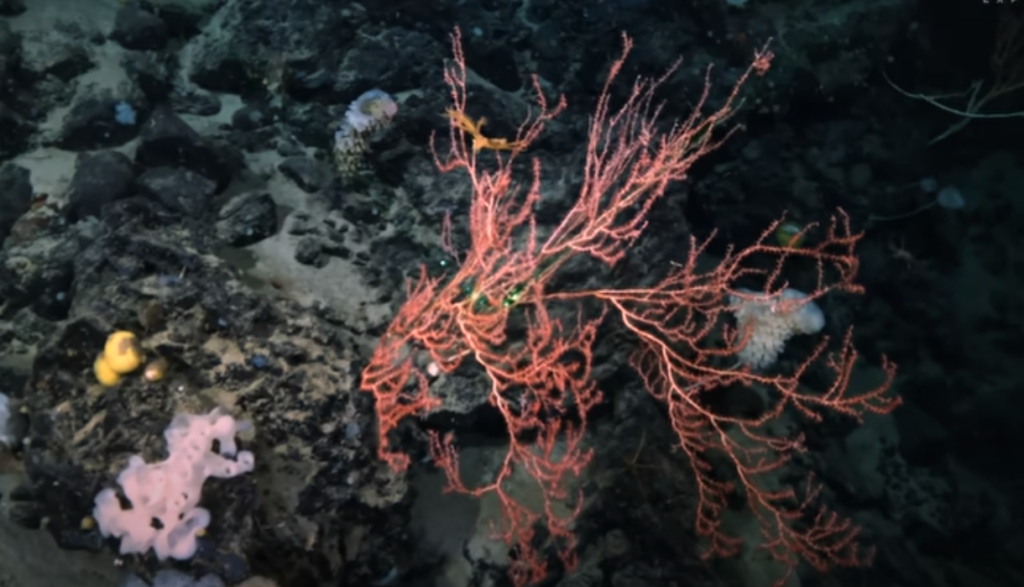
The Titanic shipwreck mystery has finally been solved due to the 2022 Titanic Expedition. Paul Henry Nargeolet and his team of researchers discovered an extremely productive and dense ecosystem at a 2,900-meter depth.
Nargeolet, a veteran Nautile submersible pilot, dove down more than thirty times in total for the Titanic shipwreck, recording a mysterious sonar ‘blip’ close to the wreck site in 1998.
From the time of his discovery until today, no one has been able to establish what the blip was and whether it was another shipwreck, a geological feature, or even something new as a whole.
“We didn’t know what we would discover,” Nargeolet stated. “On the sonar, this could have been any number of things including the potential of it being another shipwreck.”
“I’ve been seeking the chance to explore this large object that appeared on sonar so long ago,” he added. “It was amazing to explore this area and find this fascinating volcanic formation teeming with so much life.”
The mystery was finally resolved with the financial support of OceanGate Expeditions Mission Specialist Oisín Fanning and the analysis provided by OceanGate Foundation’s scientific team.
Findings on the Titanic shipwreck
Researchers from the project observed sponges, corals, fish, lobsters, and more on top of the basalt ridge, which has provisionally been named the Nargeolet-Fanning Ridge after Nargeolet and Oisín Fanning.
“When I learned about the possibility of a dive to uncover the mystery of what was seen on sonar in 1998, I knew I wanted to be a part of the effort,” said Fanning.
Even though it will take some time to look through all of the image and video content from the most recent dive, they are willing to share their findings with other scientists in order to improve the general knowledge of deep sea life.
A part of the investigation will be to determine how the various types of life, the concentration of organisms, and the structure of the overall ecosystem varies between the Nargeolet-Fanning Ridge and the famous shipwreck it lies close to.
Marine and chief expedition scientist Steve Ross from the University of North Carolina stated that “the similarities and differences will help us better understand our deep sea environments.”
Researchers also collected numerous water samples in order to be run through environmental DNA analysis processes to learn more about the species.
In addition, computer models will be used to figure out how life is surviving where it is, tying into the scientists’ effort to find out more about how sponges and corals spread widely across the ocean.
Connection to climate change
The continuing research on the findings also connects to how climate change is impacting the oceans, how these ecosystems may adapt to these changes, and how they will be able to survive as the waters warm up.
“We need to share this information with the scientific community and policy makers to be sure these vulnerable ecosystems get the proper attention and protection they deserve,” said marine biologist Murray Roberts from the University of Edinburgh in the UK.
See all the latest news from Greece and the world at Greekreporter.com. Contact our newsroom to report an update or send your story, photos and videos. Follow GR on Google News and subscribe here to our daily email!



